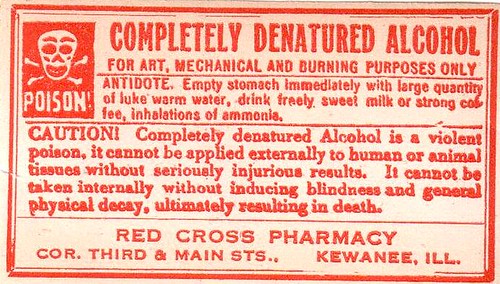When tackling paint removal, especially for dried latex paint, the right solvent can make all the difference. While there are many options available, denatured alcohol stands out as a particularly effective solution. Below, we’ll explore the use of denatured alcohol for removing paint, how it compares to other solvents like acetone, and the proper techniques to ensure safe and successful paint removal.

Acetone and denatured alcohol are both widely used in various industries for their solvent properties. They are colorless, highly flammable, and efficient in cleaning, degreasing, and thinning paint. Here, we delve deeper into their specific characteristics and uses.
For those looking for a reliable acetone product, Pronto 100% Pure Acetone is a good option to consider.
For those interested in a practical product, Klean-Strip Denatured Alcohol is a recommended choice that works effectively for various painting needs.
Latex paint, known for its durability and safety over lead-based paints, can be particularly challenging to remove once it has cured. Denatured alcohol is a go-to solvent for this task.

To understand different paint removal techniques further, see
effective DIY methods for removing paint from vinyl floors.
| Feature | Acetone | Denatured Alcohol |
|---|---|---|
| Composition | Carbon, Hydrogen, Oxygen | Ethanol, Methanol or Benzene |
| Toxicity | Generally non-toxic | Highly toxic |
| Effect on Plastics | Can damage PVC, polystyrene | Less damaging |
| Paint Removal | Effective on oil-based paints, varnish, shellac, lacquers | Effective on latex paint |
For further safety information, you can refer to the Klean Strip Denatured Alcohol Safety Data Sheet.
For those interested in the effects on car paint, check out this discussion on isopropyl vs. denatured alcohol in car detailing.
Whether you choose acetone or denatured alcohol, using the right solvent for the right application can significantly enhance your effectiveness in removing paint. Understanding their differences and similarities will aid in choosing the most suitable option for your specific needs.

Immerse yourself in architecture’s most boundary-pushing ideas—where innovative home improvements meet visionary urban developments. Discover new building techniques, materials, and creative concepts that are redefining how we shape our spaces on a global scale.